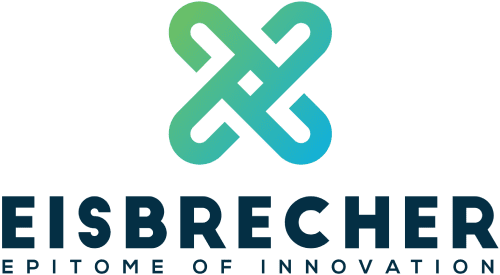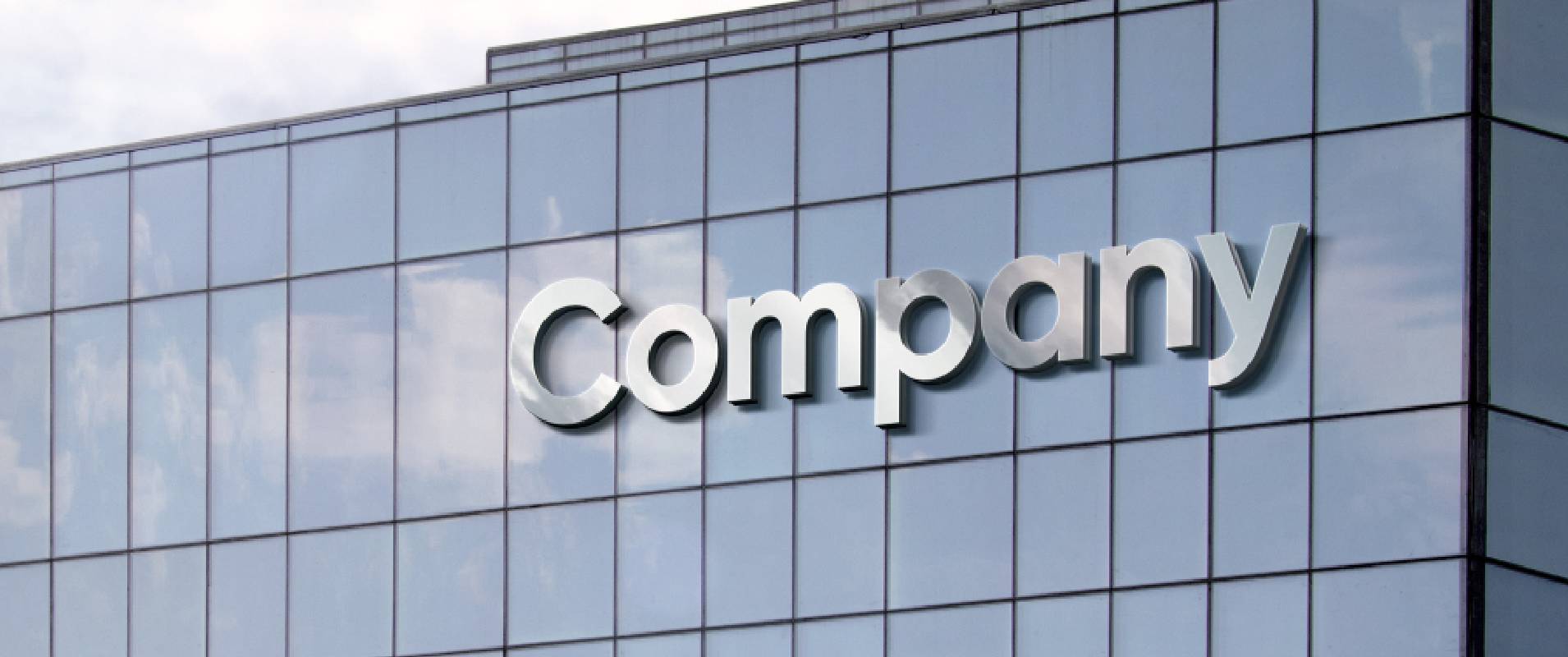Hospitals are complex and often overwhelming environments for visitors. They may be unfamiliar with the layout of the hospital, the services offered, or the procedures involved in visiting a patient. Digital signage can help to alleviate these challenges by providing visitors with clear, concise, and up-to-date information.
Digital signage can be used to provide wayfinding assistance, real-time updates on department locations and wait times, health education and promotional content, emergency alerts and safety information, entertainment and distraction, and multilingual communication. It can also be used to manage queues, integrate with electronic health records (EHR), provide real-time transport information, collect visitor feedback and surveys, and integrate with mobile devices.
By implementing digital signage, hospitals can create a more welcoming, informative, and efficient visitor experience. This can lead to increased satisfaction, reduced stress, and improved overall communication.
1. Wayfinding and Navigation
Digital signage can be used to provide wayfinding and navigation assistance to visitors. Strategically placed digital signs with interactive maps and directional information can help visitors easily find their way around the hospital. Real-time updates on department locations, waiting times, and appointment schedules can also be displayed, minimizing confusion and reducing anxiety for visitors. This streamlined navigation system saves time, ensuring visitors arrive at their intended location promptly.
2. Timely and Relevant Information
Hospitals are dynamic environments with constantly changing information. Digital signage can be used to deliver real-time updates to visitors regarding important announcements, events, and changes in schedules. These displays can provide information about visiting hours, parking availability, public transportation options, and nearby amenities, making the visitor experience more convenient and enjoyable.
3. Health Education and Promotional Content
Digital signage can also be used to educate visitors on various health-related topics. Engaging displays can showcase health tips, preventive measures, and information about ongoing health campaigns. Hospitals can also promote their services, highlighting specialties, new treatments, and events. By providing valuable educational content, digital signage fosters a proactive approach towards healthcare and empowers visitors to make informed decisions.
4. Emergency Alerts and Safety Information
In times of emergency, clear communication is of utmost importance. Digital signage can be used to instantly broadcast emergency alerts, evacuation instructions, and safety protocols to visitors and staff. This ensures that everyone is well-informed and prepared to respond appropriately during critical situations. Furthermore, digital signage can display reminders about hand hygiene, infection control measures, and safety guidelines, promoting a safe environment for visitors.
5. Entertainment and Distraction
Hospitals can be stressful and anxious environments for visitors. Digital signage can help alleviate this by offering entertainment and distraction. Waiting areas can be equipped with interactive displays featuring games, trivia, or relaxing content to engage visitors and create a positive experience. Additionally, digital signage can showcase inspiring stories, patient testimonials, or uplifting messages to uplift spirits and boost morale.
6. Multilingual communication
Digital signage can overcome language barriers by offering content in multiple languages. This allows visitors to select their preferred language and understand important information, directions, and instructions more effectively. This inclusive approach promotes clear communication and ensures that all visitors feel welcome and supported.
7. Queue management
Digital signage can play a crucial role in managing queues and reducing wait times. By displaying real-time updates on waiting lists, estimated wait times, and queue positions, visitors can stay informed about their turn. This helps manage visitor expectations, reduces anxiety, and enhances the overall waiting experience. Additionally, hospitals can leverage digital signage to implement virtual queuing systems, enabling visitors to register and receive notifications when it’s their turn. This allows them to explore the facility or wait in more comfortable areas while they wait for their turn.
8. Integration with electronic health records (EHR)
Digital signage can integrate with the hospital’s electronic health records system to provide personalized information to visitors. For example, when a visitor checks in at the reception desk, the digital signage can display their appointment details, relevant instructions, and even provide a visual representation of their location within the hospital. This personalized approach enhances the visitor experience and ensures that individuals feel well-informed and attended to.
9. Real-time transport information
Large hospital complexes often have multiple entrances, parking lots, and public transport access points. Digital signage can display real-time transport information, such as bus and train schedules, shuttle services, and parking lot occupancy. This helps visitors plan their journey more efficiently, reducing the stress associated with transportation logistics and ensuring they arrive on time for appointments or visits.
10. Interactive feedback and surveys
Digital signage can be used to gather visitor feedback and satisfaction surveys. By incorporating interactive touch screens, visitors can provide their opinions on their experience, rate the quality of service, and offer suggestions for improvement. This real-time feedback allows hospitals to identify areas of improvement, address concerns promptly, and continuously enhance the visitor experience based on direct input from those who use their services.
11. Integration with mobile devices
Digital signage can be integrated with mobile devices through QR codes or NFC (Near Field Communication) technology. Visitors can scan the codes or tap their devices on the signage to receive additional information, directions, or access to hospital apps and resources. This integration facilitates a seamless and personalized experience, providing visitors with on-the-go access to relevant information and services.
Digital signage has revolutionized the hospital visitor experience by providing essential wayfinding, real-time information, education, and entertainment. By implementing digital signage solutions, hospitals can enhance visitor satisfaction, reduce stress, and improve overall communication. The technology offers a powerful means of creating a welcoming, organized, and patient-centric environment. As hospitals continue to prioritize visitor experience, digital signage remains a valuable tool to navigate the complexities of the healthcare system, ultimately leading to improved patient and visitor outcomes.
We are only a message away from you! If you want to know more about how digital signage can help you grow your business, contact us at [email protected]. We would be happy to answer any questions you have and help you get started.
Categories
- Blog (51)
- Uncategorized (1)




